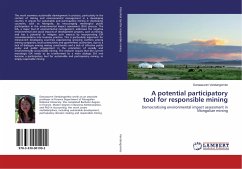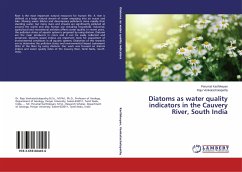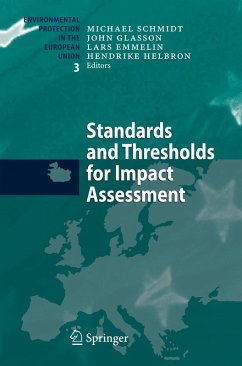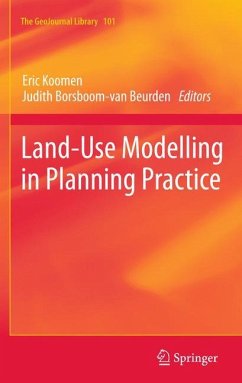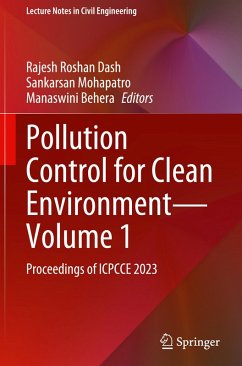
Ecotoxicological impact and risk assessment of TiO2 ENMs
On water, sediments and soil by building a combined RA - LCA (Risk Assessment - Life Cycle Assessment) model
Versandkostenfrei!
Versandfertig in 6-10 Tagen
53,99 €
inkl. MwSt.

PAYBACK Punkte
27 °P sammeln!
Life cycle and risk assessments were combined to assess the potential ecotoxicological impacts and risks of TiO2 nanomaterials in water, sediments and soils at a site-specific scale. Two approaches were used: (1) An analytical approach, by which analyses of waters, sediments and soils were performed, as well as the characterisation of the industrial nanomaterials and the determination of their aggregation behaviour; (2) A Bayesian modelling approach was used to assess their fate in the river water and sediments, as well as their potential effects and risks in mesocosms. It was thus shown that ...
Life cycle and risk assessments were combined to assess the potential ecotoxicological impacts and risks of TiO2 nanomaterials in water, sediments and soils at a site-specific scale. Two approaches were used: (1) An analytical approach, by which analyses of waters, sediments and soils were performed, as well as the characterisation of the industrial nanomaterials and the determination of their aggregation behaviour; (2) A Bayesian modelling approach was used to assess their fate in the river water and sediments, as well as their potential effects and risks in mesocosms. It was thus shown that nano-TiO2 could be released in concentrations high enough to induce damage to aquatic species. However, the quantification of nano-TiO2 needs to be developed to yield a more precise assessment. Several research tracks are suggested in this work, such as using isotopic analyses or developing the assessment of the fractal dimension of nanomaterials aggregates in water.



